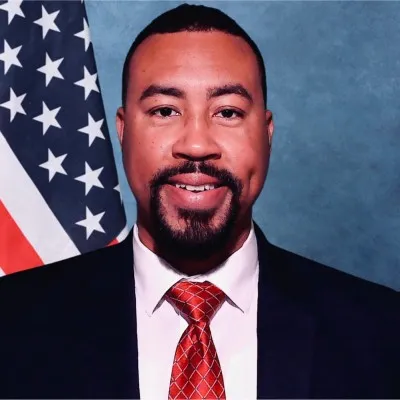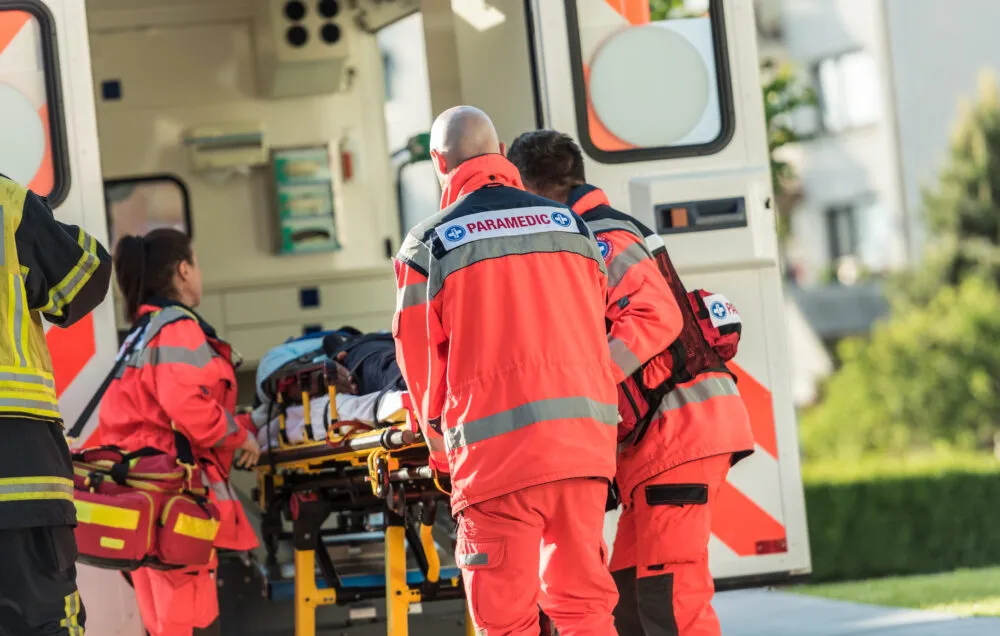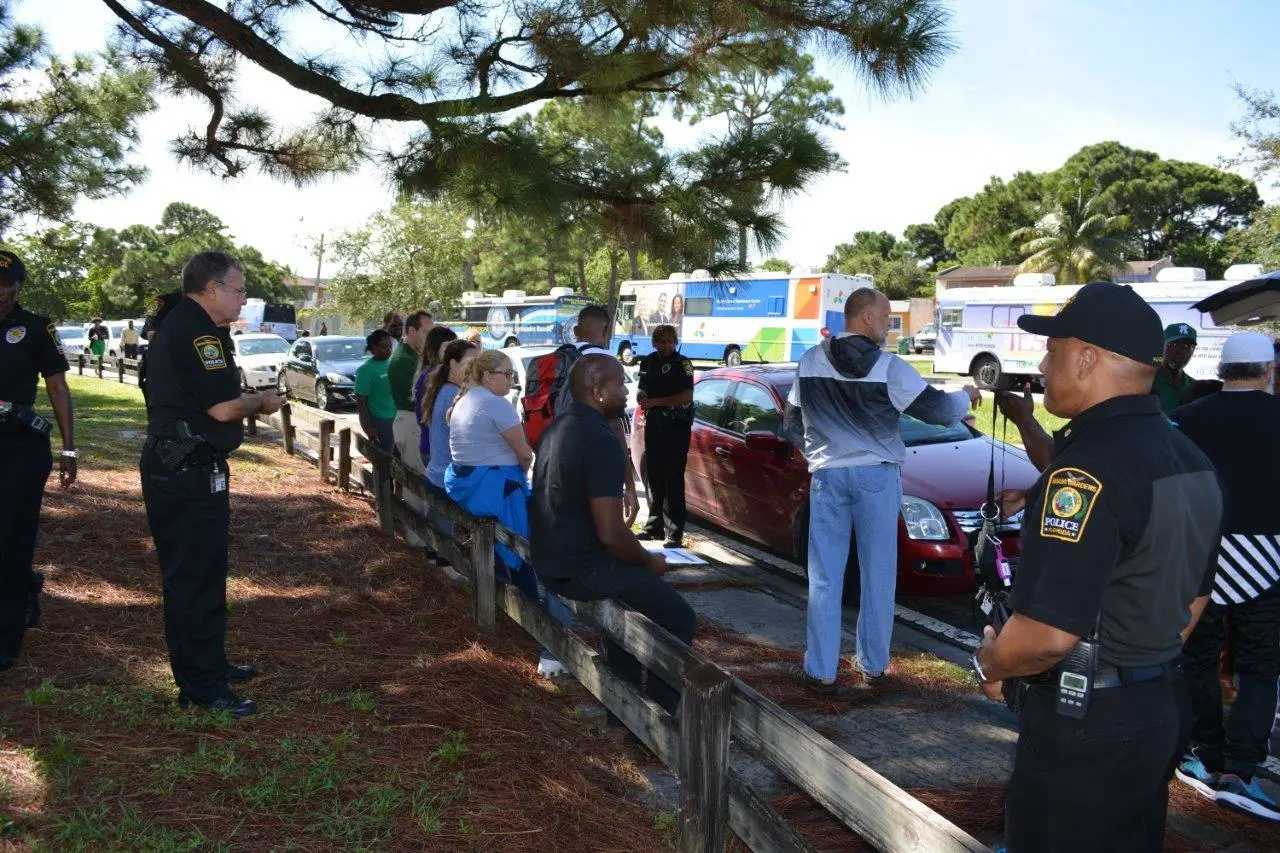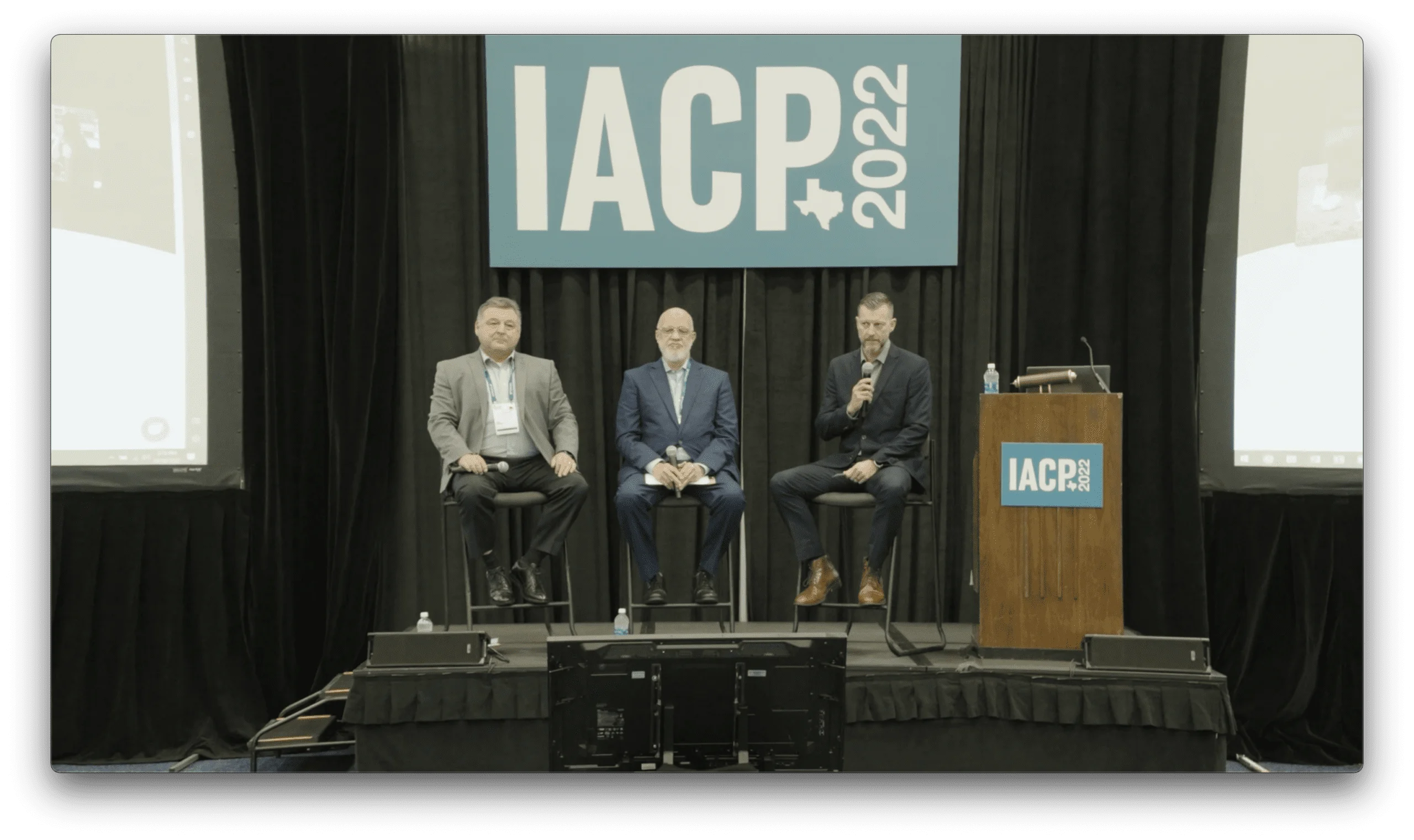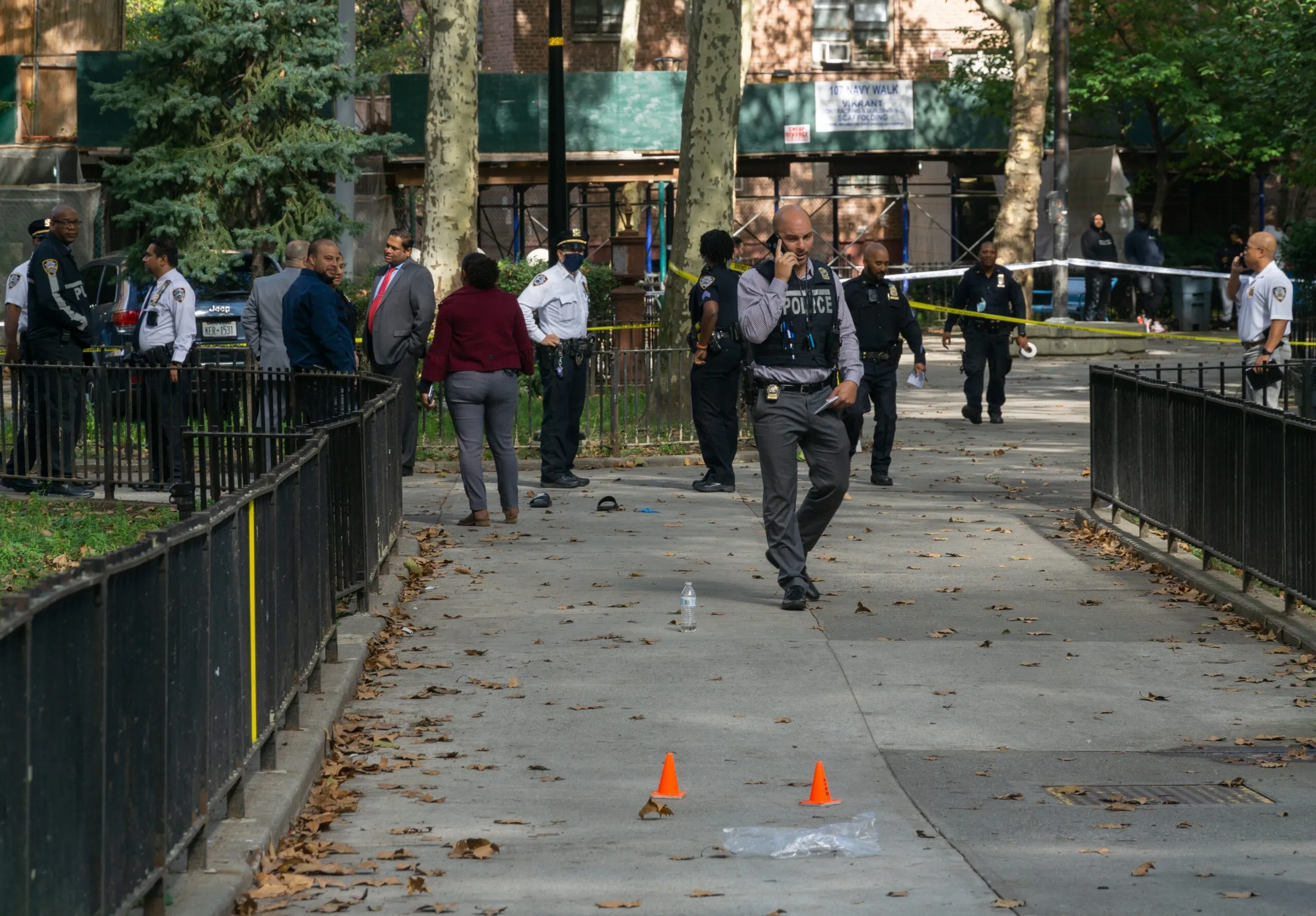On July 26, I had the privilege of addressing the 46th Annual Training Conference of the National Organization of Black Law Enforcement Executives in Orlando, FL. Joining me on a panel titled “Technology, Data, & Community Engagement: Innovation in Gun Violence Prevention and Reduction” were Wayne Rawlins, project manager for Miami-Dade County’s Anti-Violence Initiative, and Rod Norgaard, chief deputy with the Sacramento County District Attorney’s Office. The panel was moderated by Ron Teachman, SoundThinking’s Director of Public Safety Solutions.
Over an hour and a half, we explored how law enforcement can expand its approach to stopping gun violence by working in partnership with other community members, social services, and public health organizations. We covered a lot of ground, but a few key themes emerged:
Serial Shooters Are a Small Fraction of the Community.
The Group Violence Intervention model created by Professor David Kennedy and colleagues based out of the National Network for Safe Communities at John Jay College has been adopted in Miami-Dade and other cities and counties across the nation. This model is highly focused on the small percentage of the population (less than 1 percent) driving the majority of violence. Professor Kennedy’s group focuses on setting up “call-ins” with those at the highest risk and bringing group members together with representatives of law enforcement, the U.S. and state attorneys’ offices, and mayors’ offices. He also brings in a “voice of pain” (someone close to a shooting victim) and a “voice of redemption” (someone who had been in a violent group but turned their life around) for their valuable perspectives as well.
Less Stick and Much More Carrot.
One element of one of these gun violence prevention call-ins is a warning. Violent groups are notified that whoever is the first to commit a homicide will draw the full attention of all the organizations present. But the message can’t be in the form of a threat without a significant amount of compassion, mentorship, and support. After all, many of these youth and young adults are already aware the police are watching them, and for many of them, the practical guidance, culturally tailored mentorship, and tangible resources to meet their social, economic, emotional, and health needs are in short supply. The call-in messaging must be delivered with love and compassion, including a legitimate and sincere offer of support, diversion, and relocation assistance if necessary. And those resources should be ready and available on the day of the call-in because we already know there is a demand and what kind of resources they are most likely to need.
Governments Collect Lots of Data, Let’s Use It to Address the Root Causes of Violence.
Often, the police are aware of which people are part of this fraction of the 1 percent of the population driving violent crime, including where they live and hang out. Law enforcement agencies should share as much data related to where support is most needed to help high-risk individuals even as the police continue to pursue criminal investigations. Legally speaking, police need some form of reasonable suspicion or probable cause to stop someone on the street and question them. However, violence interrupters, community health workers, and social workers do not, and they can do a needs assessment or welfare check on the people who need intervention most often. If done with credible professionals, the non-law enforcement officials can be perceived in a much less threatening way than a police officer. But to handle these interventions effectively, violence interrupters, community health workers, and social workers need to be informed by the police where their services are most needed to prevent violence, improve health outcomes, and address the root causes of violence and victimization. And these same non-law enforcement officials need to track their contacts, referrals, follow-ups, and assessment data in one collaborative CVI case management platform to inform future funding, staffing, and evaluation requirements.
And as we talk about collaborative ways to use data to address gun violence prevention, it’s important to remember that the police aren’t the only governmental organizations with information. What does the housing office know, the food assistance organization, the school? Oftentimes, someone in the less-than-1 percent of the population that commits violent crimes has a family member who is in great need of support and is already enrolled in our siloed government services. In speaking of a whole-of-government strategy to reduce violence, the silos and bureaucracies must be broken down, data shared, and timely interventions and resources deployed when and where needed sustainably.

The panel, from left to right: Ron Teachman, Rod Norgaard, Wayne Rawlins, Dr. Gerard Tate
Social Service Providers Should Be Formal Members of Your Team.
Few police chiefs or sheriffs these days will tell you they have more than enough officers. The current “defund” environment is a perfect opportunity to discuss disaggregating police agencies, instead developing a co-response model with social workers and other professionals. Agencies should pressure their mayors to let them fill some of their officer vacancies with well-trained (additional training is needed) police and department-based social workers. And these social workers should not be limited to victim services alone. Every Ceasefire, GVI, or other violence prevention program in the police department should have a social worker in leadership. Then sworn officers can focus on the people who need to be taken off the street. At the same time, the social and community health workers can use your data related to gunfire locations, larceny of quality of life goods, and recent trauma to plan interventions to lead proactive initiatives that promote gun violence prevention and help to stabilize communities. And help motivate street-level police officers to make direct social service referrals with confidence knowing action will occur without waiting for other government agencies to open or clear additional barriers of entry for short-term services and support.
Interventions Must Start Early.
I’ve often heard law enforcement complain that “we have a 16-year-old shooter in our community.” My response is, “Three years ago, you had a 13-year-old you knew was a problem, and you didn’t do anything.” We have the data and case files; with SoundThinking, we know where the hot spots of gun violence are; you know, the other members of their group. Wouldn’t it have been better to push services to them, then? If you don’t care today, you’re going to care tomorrow. But I know most of the foundations for those programs that will allow street-level officers and supervisors to divert young people on the scene to better options are few, and where they exist, their funding and staffing levels are inadequate to support the need. That is a whole-of-government, city, business, and health problem that needs all parties at the table, asking how to develop non-law enforcement youth diversion centers that are open when normal government offices and community organizations are not.
Working With Social Services Can Help You Reduce Crime.
Because they’re better able to interact with community members in a non-threatening environment and situation, social workers and community workers often hear information about issues and problems that are not shared with the police. A team of service providers can visit a hot spot—staying out of the way of the police—to talk to witnesses, victims, and family members while the event is fresh. When that information is shared, the team investigating a string of robberies may discover a lot of other dimensions to what seemed like isolated crimes. While I am not advocating for social workers to break any codes of ethics or confidentiality or to serve as detectives, understanding the social issues of homelessness, hunger, mental health problems, and unstable and unsafe living environments of an individual can give insightful context as to “why” someone may be behaving violently or criminally. This information could be used to assist in providing proper healing and promote a transformational mindset and lifestyle changes known to reduce the likelihood of participation in gun violence.
The Bottom Line.
By working with and through law enforcement partners, we can share and use the vast amount of data available to us to drive public health and social services resources; we can more precisely focus on interventions proven to break the cycle of gun violence. That data comes from technology like ShotSpotter®, which can pinpoint gun violence hotspots where there are people who need help from social, economic, health, and recreational organizations. Such a multidisciplinary approach, deployed early and properly focused, offers a lot of potential for gun violence prevention by addressing root causes of violence and the associated trauma and intentionally deploying interventions known to reduce risk factors and strengthen protective factors for individuals and communities.
